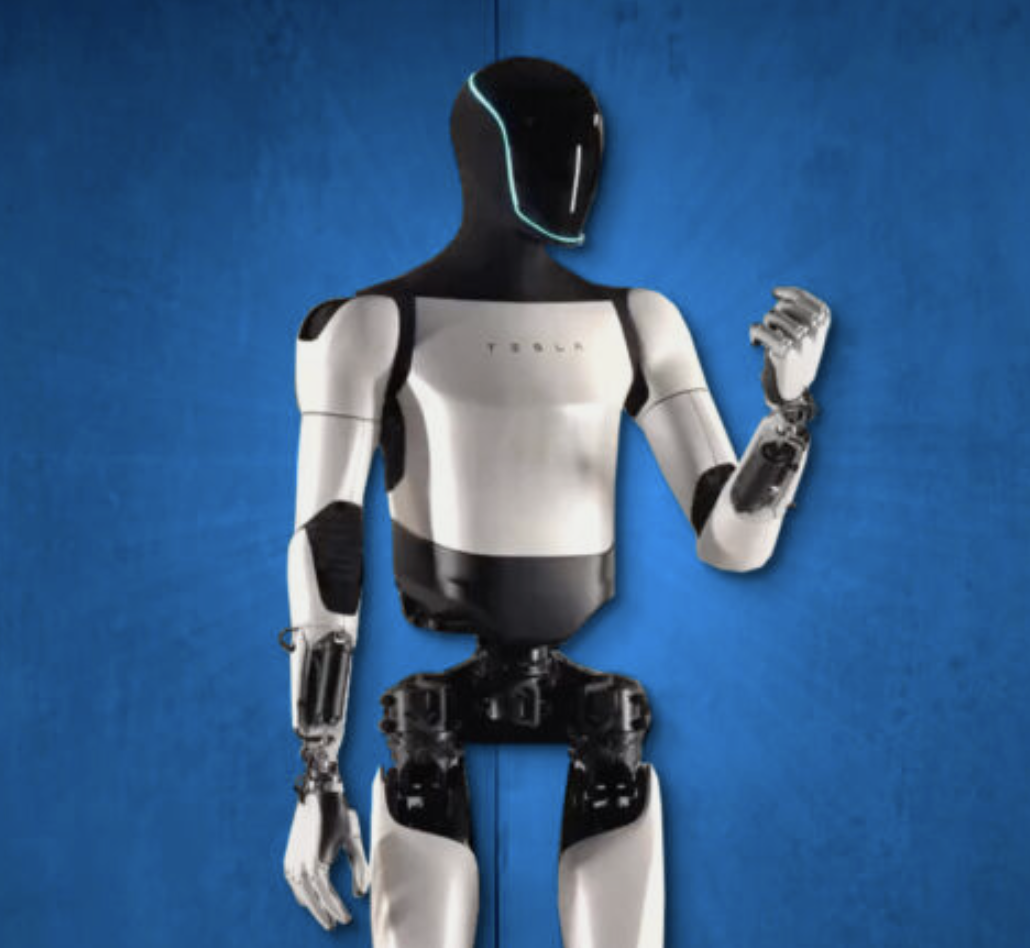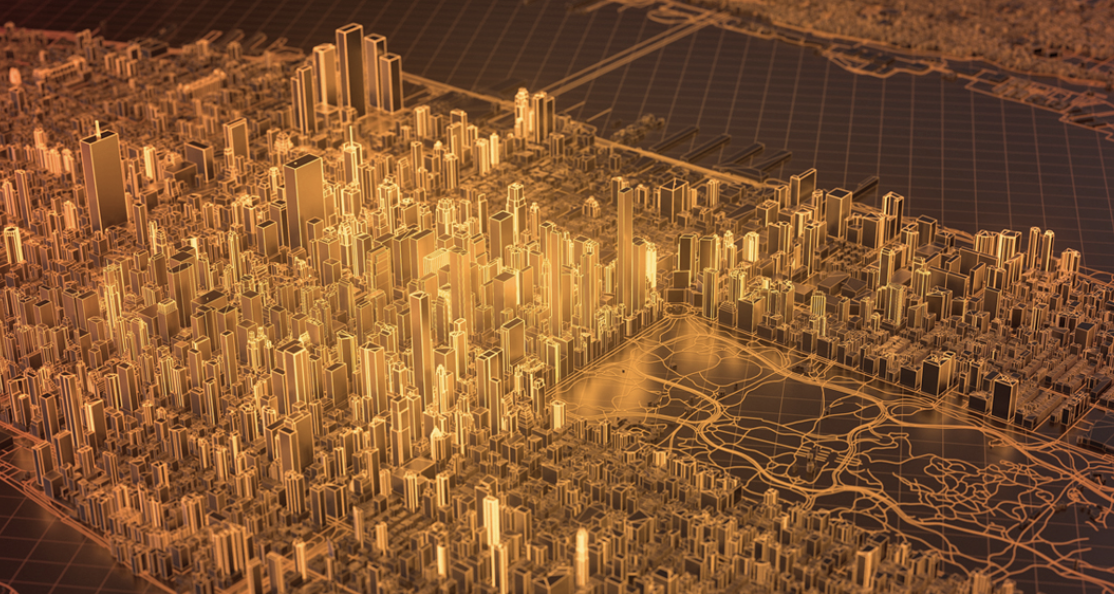Tesla took the world by storm as it unveiled its latest humanoid robot prototype, Optimus Gen 2, in a captivating demo video released on Tuesday. Sporting impressive upgrades, the Optimus Gen 2 claims to be 30% faster, 10 kg lighter, and features advanced fingertip sensors, showcasing significant strides in Tesla’s robotics development.
The recent demonstration marked a considerable leap from Tesla’s earlier Optimus prototypes, which were showcased a year ago, featuring somewhat unsteady movements. However, the demo video highlights notable advancements, as affirmed by Tesla’s Senior Staff Software Engineer, Julian Ibarz, emphasizing that everything showcased in the video was real-time and without any CGI manipulation.
This latest innovation from Tesla aligns with the company’s ambitious vision to create versatile humanoid robots, leveraging its expertise in AI, electric motors, and batteries, mirroring the technology found in its self-driving vehicles. Tesla envisions these robots as potential replacements for certain human-centric tasks, viewing its vehicles as mobile robots and striving to replicate their functionality in humanoid forms.
While skepticism surrounded the feasibility of such a project initially, Tesla’s consistent advancements have garnered credibility. Earlier updates during the 2023 shareholders meeting showcased prototypes capable of performing useful tasks, demonstrating significant progress in the project’s development.
The unveiling of Optimus Gen 2 represents a notable robotic upgrade, but concerns linger over the synchronization of its AI capabilities, especially concerning Tesla’s ongoing efforts with Full Self-Driving (FSD) Beta. The success of Optimus largely depends on a robust AI system capable of leveraging the robot effectively for practical applications, a domain that remains a work-in-progress for Tesla.
Despite skepticism, Optimus Gen 2 has evidently made significant strides in its capabilities, overcoming previous limitations observed in its predecessor’s functionality. Tesla’s AI team is actively seeking talent in Palo Alto, California, to contribute to the development of this ambitious project, offering positions ranging from internships to specialized engineering roles, with salaries reaching up to $360,000, enticing enthusiasts keen on robotics innovation.
The unveiling of Optimus Gen 2 stands as a testament to Tesla’s unwavering commitment to pushing the boundaries of technological innovation, bridging the gap between futuristic concepts and tangible advancements in humanoid robotics.





